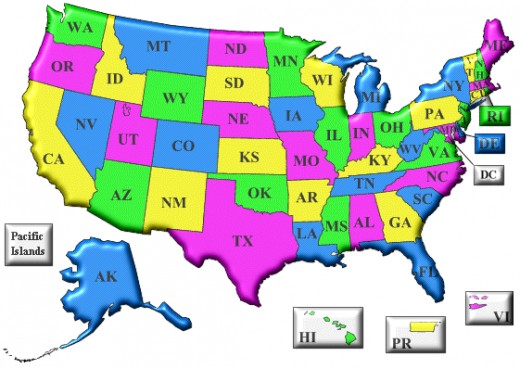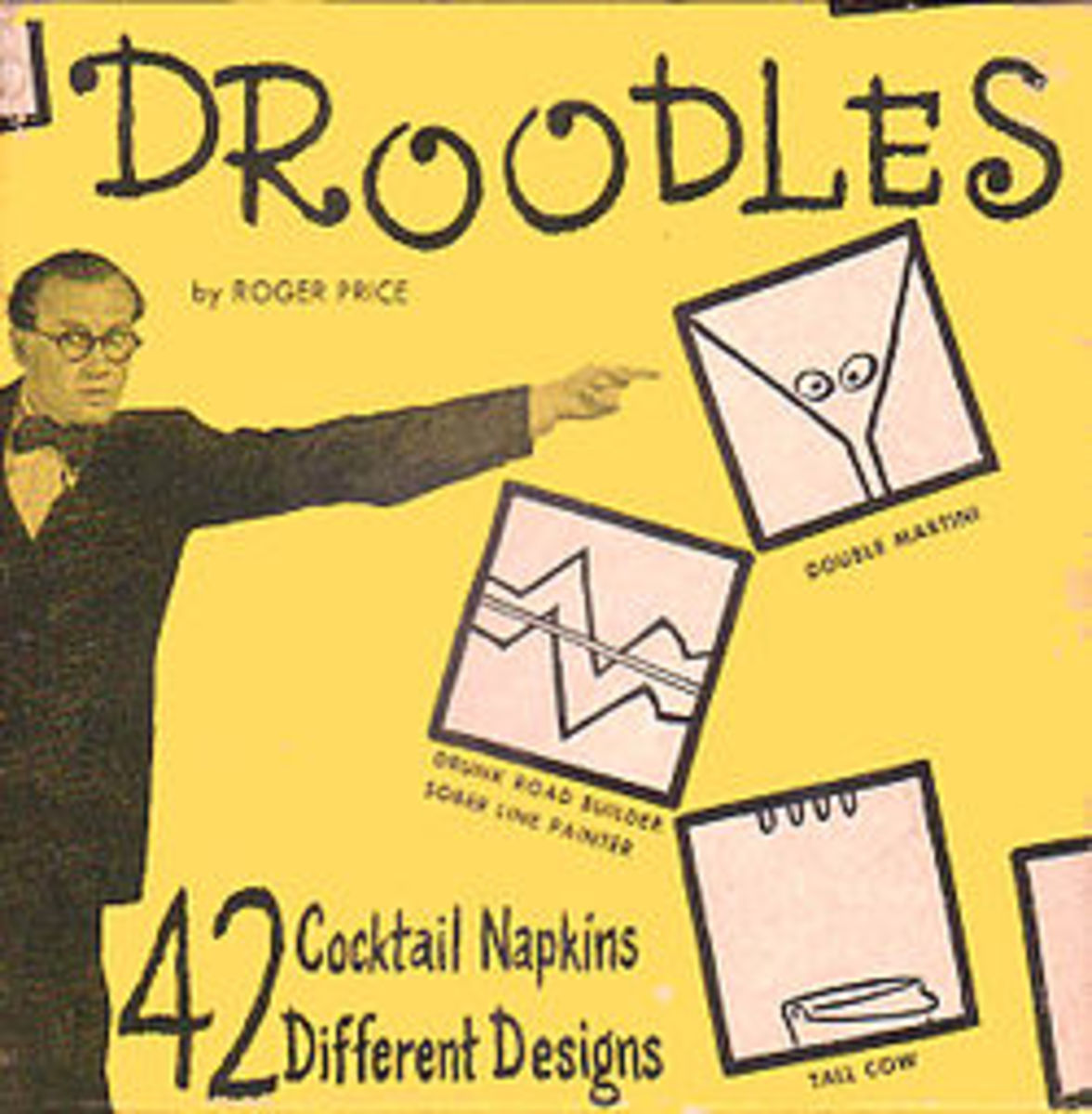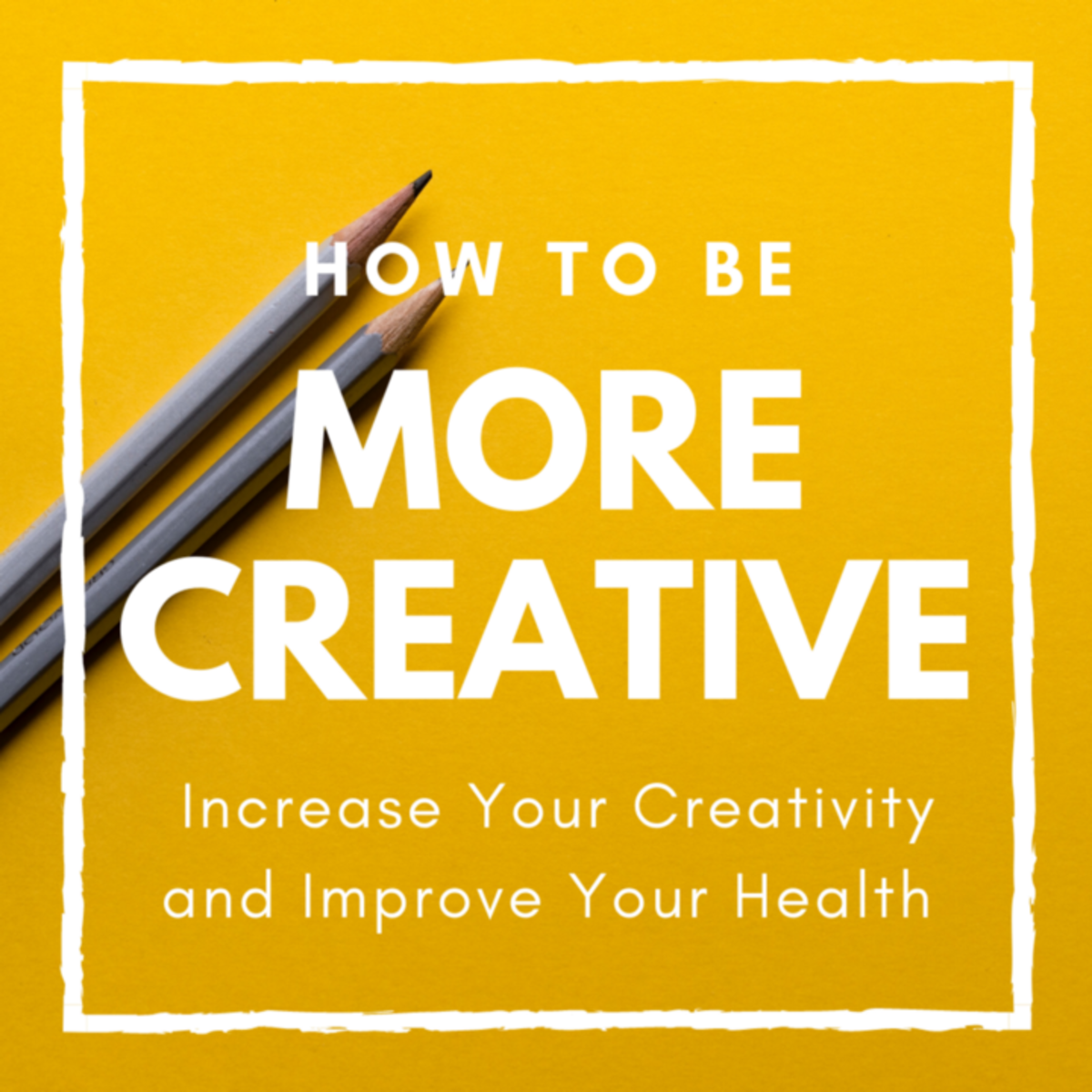Being a Creative Thinker
What is Creativity?

About Creative Thinkers
Creative thinkers often question why things are a certain way, and why can’t they be different. Imaginative people see the world from many perspectives.
Much research has shown that those who are most creative are usually very open to new experiences.
It has been found that immigrants who come to the United States are seven times more likely to do better in areas that involve creativity than people who have been here for generations.
Research has found that people who are open to experiences are creative individuals who look to escape the boredom of small towns and often relocate to metropolitan cities. They seek environments that stimulate their interests and their need for social contacts to be met.
People who are open have an ability to learn new things quickly and easily. Obviously, within the range of creativity, there are different skill levels, different ambition levels, and different ways to be creative.
Some Cities Foster Creativity

Creativity and Geography
San Francisco, California has the highest concentration in the United States of people who are open to experiences.
The other major cities that have high concentration of creative people are:
- Los Angeles, California
- Austin, Texas
- New York, New York
- San Diego, California
- San Antonio, Texas
- Nashville, Tennesee
- Tampa, Florida
- Denver, Colorado
Jason Rentfrow, a Cambridge University psychologist, and Sam Gosling of the University of Texas, conducted a study to analyze creativity and geography. Their study showed these cities to have the highest population of creative people and found other correlations. Many creative people who lived in these were also found to be involved in high tech industries. There was a high percentage of foreign born residents, and many were also found to be gay. Creative people may also be attracted to these communities where their characters and personalities that enhance their beliefs and ideology, as well as being able to pursue their personal interests.
Careers that involve innovation include design, science, engineering, software development, painting, writing, music, acting and other arts. These careers appeal to people who have a certain curiosity, intellect, imagination, inventiveness, and resourcefulness where they are able to explore and develop and communicate new ideas and innovations.
People seek out similar personalities and cluster together in communities. These communities develop a personality that draws more people who seek the creativity these areas have.
Creative Thinking
What exactly is creative thinking?
It is hard to say exactly. There have been many theories and studies done on how people think creatively. One well known authority in the field of creative thinking is Edward de Bono, who is known as the father of lateral thinking. He made many strides in the discovery of creative thinking.
An idea he originated has to do with how we look at things from a different perspective, while ignoring preconceptions and old beliefs.He called this type of thinking as lateral thinking. Lateral thinking is the ability to think out of the box. To be able to generate new concepts and novel ideas by looking at things in a different way. Promoting fresh ideas by looking at things from a different frame of reference is another type of problem solving techniques. Vertical thinking is logical thinking. Lateral thinking is creative thinking.
In the mid 1950’s and 60’s, creativity began to be more extensively researched.
In 1967, Dr. Edward De Bono came up with the term lateral thinking. He realized that some people process information in lateral ways by looking at situations from many different angles. Lateral thinking techniques are something that can be learned.
Researchers who have studied creativity, have come to understand that our mind influences our body and our body influences our mind. Our creativity and imagination is also impacted by our environment.
People may have difficulty thinking of new concepts when the ideas are connected to long held beliefs.
Creativity involves doing new things that solve a problem or effectively change how we feel, act, and think. It is about taking a novel approach and seeing things that others don’t. Creativity can also improvise, connect and process unrelated ideas to form something new.
Skills of Creative People
What it Takes to Be Creative
The authors of the book, Sparks of Genius, Robert Scott Root-Bernstein, by Michele M. Root-Bernstein, came up with 13 thinking tools that were commonly used by some of the most historic creative minds, including Einstein, Mozart, and others who made great and new contributions to society. Their book shows that creativity comes about from using a large variety of thinking skills.
- observing
- abstracting
- imaging
- pattern recognition
- pattern forming
- analogizing
- body thinking
- empathizing
- dimensional thinking
- modeling
- playing
- transforming
- synthesizing.
Creative people do not think differently than those who are not as creative. It just seems that they are able to make variations with what they know. It takes some risk and the confidence to possibly fail. Creative people usually have a persistence, when others would give up, they try a different way.
There is a difference between intelligence and creativity. Studies have shown that people with extremely high IQs are often not creative. Studies have also shown that creative people tend to be of average intelligence. In looking at most winners of the Nobel Prize in science, their IQs were below the genius range, only falling between 120 and 140.
Creativity can be seen in imagination, in exploration, in experimentation, in discovery and in play. Creativity can be developed and enhanced. It is fostered, not necessarily in what is learned, but how is it learned.
If you are not afraid to make mistakes, to go against the norm at times, to break the rules, to think out of the box, and to fiddle around, to be innovative, and inventive you may very well build your creativity muscle. Those lightbulb moments can create insights that blaze a path towards new and exciting things.
Light Bulb Moments

The Creativity Process
Creativity often comes about after people take a break that helps us function at our best. Read about Archimede’s light bulb moment by clicking here.
Many researchers who have studied creativity have focused their thinking on what is known as the six P’s.
- process - studies look at how creative people process their thoughts and information
- product - scientists look at novelty and ingenuity
- personality - researchers look at characteristics and traits in areas of the arts, science, math, and business.
- place - how the environment molds the individual. Less controlled environment helps creativity thrive, as opposed to highly demanding and controlled environments. Other people such as parents, or superiors at work reward creativity differently and can inspire or quell creativity.
- persuasion - the ability of a creative person to convince others of the uniqueness of their idea and innovation
- potential - how creativity can flourish
It used to be thought that creativity had to do with being right brained or left brained. But new research makes this theory outdated. Science knows that there are structural differences between the right hemisphere and left hemisphere of the brain. Creativity, it is now believed, has to do with the whole brain, up, down, and the right and left hemispheres.
Models of Creativity
For over a century, there is a classic model of the four stages of creativity.
- 1st step - what is the issue or challenge and how many different angles does the person see it from
-
2nd step - getting information that will help make a creative breakthrough
-
3rd step - stepping away from the situation so a light bulb moment can occur. Sometimes the best ideas happen when a person gets relaxed
-
4th step - how well the idea is implemented
This model is great in theory, but in real life, many people get their creative moments while they are sleeping in their dreams, too.
EEG machines have read the brain waves of people during a moment of creativity, and it shows that there is a high gamma activity that spikes right before the idea comes to awareness of the person. The gamma spike is related to a new insight. The right side of the brain then takes the many neuron connections it has and is able to put the information together in a new and novel way.
The new way of looking at the classic model of creativity is to:
- step 1 - concentrate and focus intensely on what you want to accomplish
-
step 2 - relax
-
step 3 - let it go the idea will naturally come to you.
-
step 4 - implement it
It is believed that by letting yourself have some down time you can actually make new and unique associations.
Science may never know the full answer what makes creativity come about. But we do understand that ingenuity and innovation are important aspects of everything we know and do.Creativity is not something that can be taught or forced. Creativity is a fragile balance that can easily disappear, or flourish depending on if it gets nurtured or how the new ideas get encouraged.
So the next time you or someone else comes up with the “latest and greatest”, look at the opportunities and set up the ideas to blossom and grow. You never know what the possibilities may lead to. There will always be the need for the gift of imagination to turn into reality.








